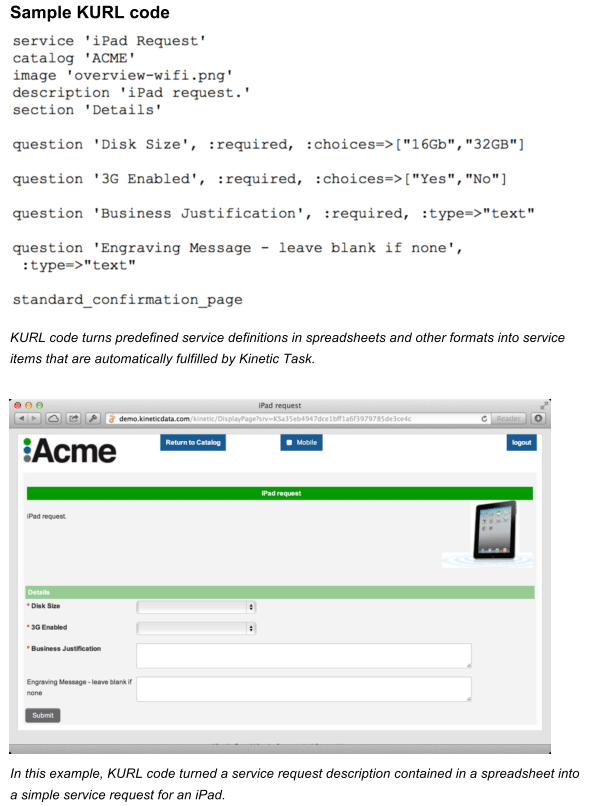Comprehensive Guide to Enterprise IT Service Automation
IT support automation uses software workflows, rule engines, AI/ML, and integrations to automate...
The big challenge in the outsourced service provider world (as well as for internal shared services groups) is quickly delivering customer value by offering specific managed service items faster and...

The big challenge in the outsourced service provider world (as well as for internal shared services groups) is quickly delivering customer value by offering specific managed service items faster and more cost effectively than competitors. If it’s taking months to on-board new customers and roll out new services, there is probably a competitor who can do it in weeks. That cries out for an automated strategy of creating reusable and transportable service items (prepackaged forms and processes) that can be deployed in any customer environment in a fraction of the time it once required to set up each customer’s system individually.
Fortunately, many of these services are similar from company to company and requirements are often well defined in spreadsheets and other formats. That makes automation a natural. The best way we know of to do this is to pump up with KURL.
 KURL? It stands for the Kinetic Uniform Request Language, which is a domain-specific language developed by Kinetic Data to provide an alternative approach to creating service items in Kinetic Request and Kinetic Task. KURL works by parsing spreadsheet data or HTML code into KURL text files and then by executing that parsed data into KURL codes to automatically generate new service items for service catalogs.
KURL? It stands for the Kinetic Uniform Request Language, which is a domain-specific language developed by Kinetic Data to provide an alternative approach to creating service items in Kinetic Request and Kinetic Task. KURL works by parsing spreadsheet data or HTML code into KURL text files and then by executing that parsed data into KURL codes to automatically generate new service items for service catalogs.
In this manner, KURL can automatically generate thousands of service items defined in spreadsheets programmatically, as opposed to configuring services items individually. It is especially useful when the creation of simple service items is driven by volume. And because KURL files are portable, transferable and shareable from company to company and catalog to catalog, service providers can easily create large volumes of service items with automated workflows for any number of customers.
One large international electronics firm used KURL to create over 2,000 service items in just a couple of weeks. Another Kinetic Data customer won a multi-billion dollar government contract by demonstrating how KURL could easily create customized service “storefronts” for multiple federal agencies.
What can KURL do for you? Users tell us that KURL means:
• Faster customer on-boarding for shorter time-to-value and higher customer satisfaction.
• Higher profitability, since service items can be rolled out to multiple customers for a fraction of the cost of setting up customers individually.
• The ability to deliver service items to industry verticals without requiring in-depth IT expertise.
And for internal shared-services organizations, an automated strategy using KURL can deliver higher demonstrable value to the enterprise by making service requests more easily and efficiently fulfilled.
Learn more by downloading this recent white paper on how to pump up with KURL.

IT support automation uses software workflows, rule engines, AI/ML, and integrations to automate...

Business process reimagined is the strategic renewal of how work gets done by combining modern digital...

You've probably noticed (what we're calling) the "logo-swap test" lately: all the AI ads in market sound...